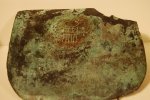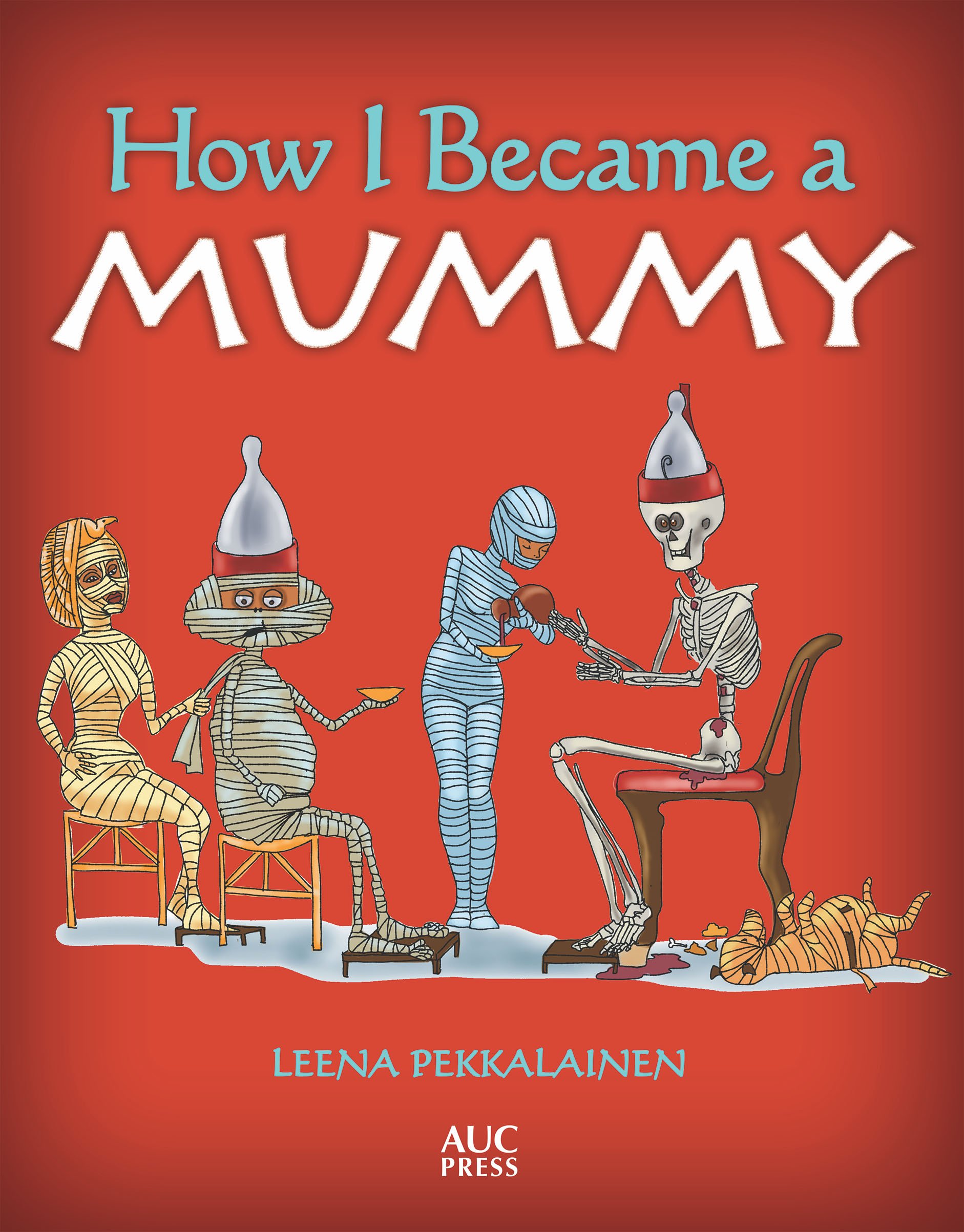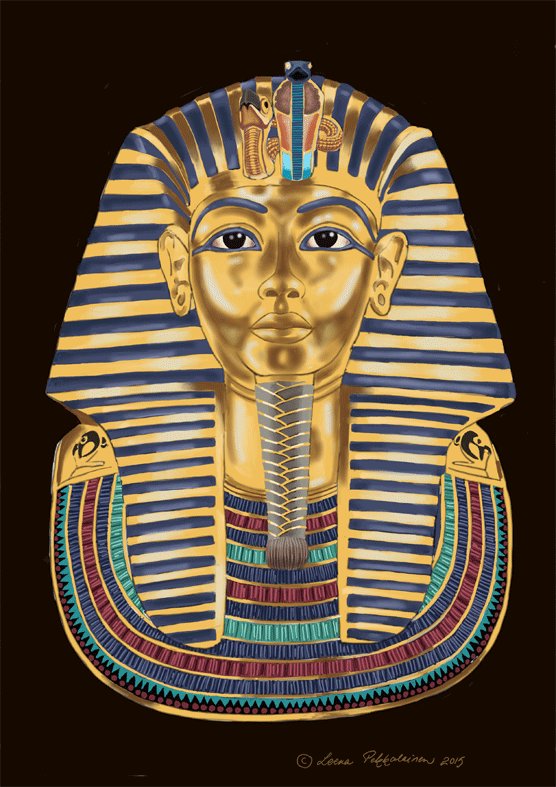ancient egypt facts
There are so many ancient Egypt facts that it is impossible to write them all down on one page. You need a whole website for that, which is what I am working on here with the help of Mr Mummific.
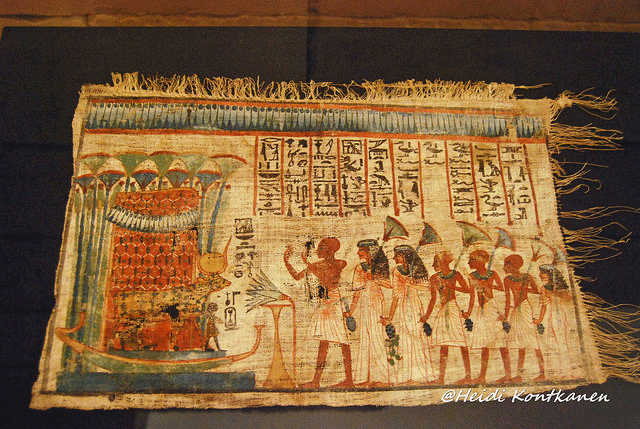
First, the Egyptians did not call their country Egypt, nor themselves Egyptians - that was a term the Greek later invented (Aigyptos).
The inhabitants of the Nile valley called their country Kemet, or Black Land, and themselves as the people of the Black Land.
Why black? Surely, when you think of Egypt, you think of the river Nile, and the desert, which is definitely not black.
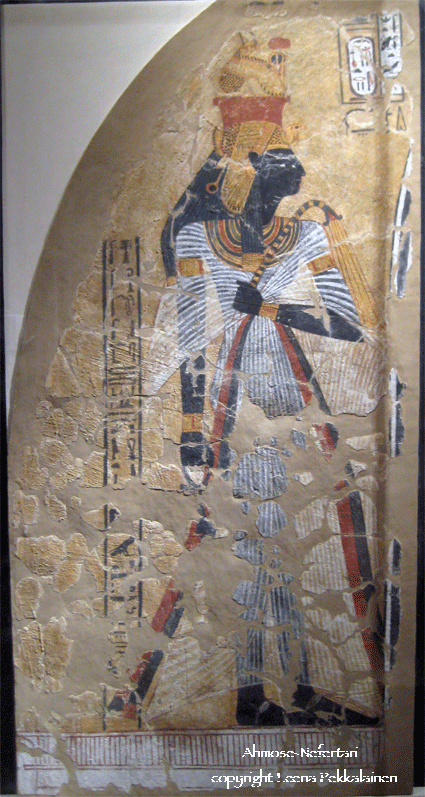
To the Egyptians the color black was the color of fertility and rebirth. The connection is easy to understand, when you remember the reason for Egypt’s prosperity - the river Nile. Its inundation spread the fertile mud on the fields every year. It made abundant crops possible. And it was black.
(This is also good to bear in mind when seeing tomb paintings: the black skin of the deceased means they have been reborn in the afterlife. It is not a sign of actual skin color - this is one of the most misunderstood ancient Egypt facts.)
Still, there was another term for another part of Egypt as well: Deshret. This referred to the Red Land, or the desert all around the Nile valley. The Egyptians saw the desert as threatening and a source of chaos.
This may also be the reason for another official name of ancient Egypt: the Two Lands. The Black and the Red land, the Nile valley and the desert. Also, it may have referred to Upper and Lower Egypt. The Upper Egypt was drier, and the river valley was not so broad as it was in the more fertile Lower Egypt, which also included the Nile Delta. And it may have referred to the East and West banks of the Nile as well.
Also, "Two Lands" may have referred to Upper and Lower Egypt. The Upper Egypt was drier, and the river valley was not so broad as it was in the more fertile Lower Egypt, which also included the Nile Delta. And it may have referred to the East and West banks of the Nile as well.
Whichever the case - the Egyptians saw duality in everything. Night and day, order and chaos, male and female, black land and desert… And in all their endeavors they strove to achieve balance between the different halves of everything. This balance they called Ma'at, or the "proper way of things".
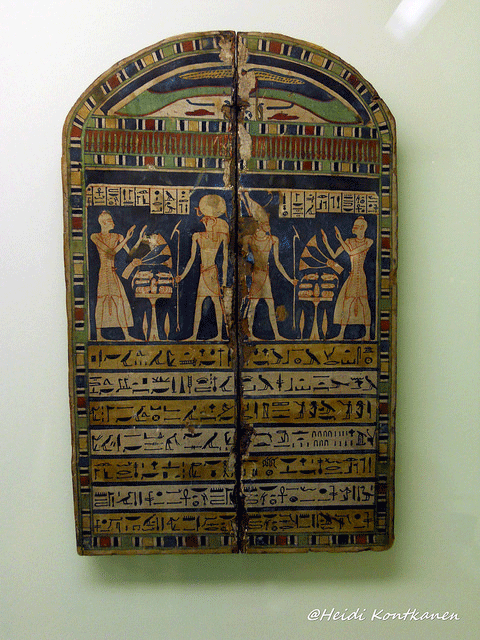
Because of the fertility brought by Nile, the Egyptians built some of the first cities of the world. There was no extensive road network connecting these, partly because the inundation would have destroyed the roads unless they were in the desert, where the people did not live.
Instead Nile was the main road of the country. The Egyptians commoners built reed boats, the richer could have wooden boats, but as there were not many trees in the country, wood had to be imported from abroad.
The people of Kemet stayed in their villages when crops grew and were harvested, and when the inundation turned the villages into little islands in a huge Nile lake, they could partake in official building programs of temples and other official buildings that were being built in the areas the water did not reach. The most famous of such building projects being the Pyramids. So, the old theory that they were built by slaves is not true. Pharaoh owned every person in the land, and could command the people to come and build for him. But they were not slaves of the king.
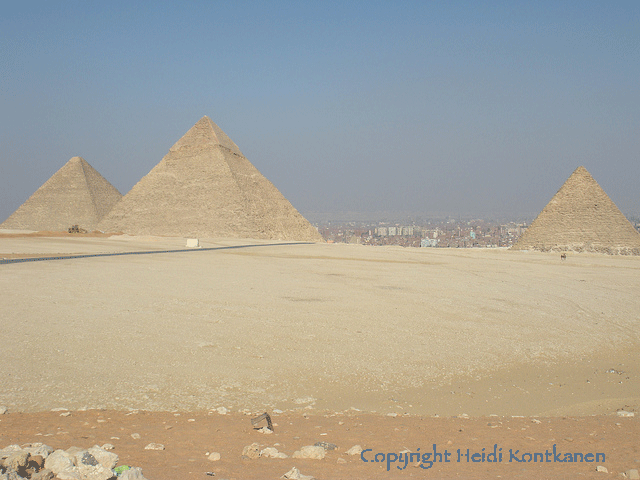
The Egyptians considered their land to be the best in the world, and other countries as lesser ones. They pitied people who did not live in Egypt, and did not trust them. To an Egyptian it was the most horrible thing to die and be buried abroad. Building their tomb for their afterlife and be buried in it was the most important thing for them. Bodies of those Egyptians who perished abroad, were brought back to Egypt, if possible.
During the thousands of years of Egyptian kingship there were more stable times, and also times when power was divided. Egypt was conquered as well of several occasions. Still, the undercurrent of ancient religion and Ma’at, or the proper way of things, remained. It formed the basis of the country and its people and changed very slowly.
Ancient Egypt vanished slowly too - new religions being one reason. Conquerors were of different religions and forbade the Egyptians from worshiping their old gods. New ideas, new religious beliefs, wars… Slowly the culture of ancient Egypt fell into oblivion. The last hieroglyphs were written on the walls of the Philae temple in 450 AD. After that the knowledge of how to read these texts was forgotten until 1822, when Jean-François Champollion, after years of work, finally cracked the code.
The gates to ancient knowledge were suddenly open again and we haven’t stopped at researching ancient Egypt facts ever since.
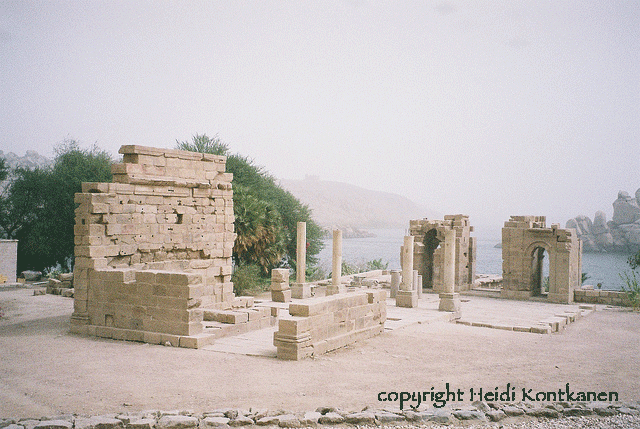
ancient egypt facts on this site
For my own part I shall be adding ancient Egypt facts often - do come visit soon again to see what I have learned from my own research and from Mr Mummific. You'll see links in the texts of the actual pages, if you wish to learn more about something in the text you are reading.
Back to Homepage from Ancient Egypt Facts
Thank you, Heidi Kontkanen, for the permission to use your photographs.
Tutankhamun: In My Own Hieroglyphs
|
Tutankhamun tells about his life - and death. The book that was chosen to travel the world with Tutankhamun's treasures world tour of 10 cities from 2018 onwards. |
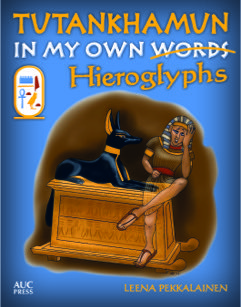
Mummies, Monsters and the Ship of Millions
Mr Mummific's hilarious journey through the 12 caverns of Duat to reach the Field of Reeds.
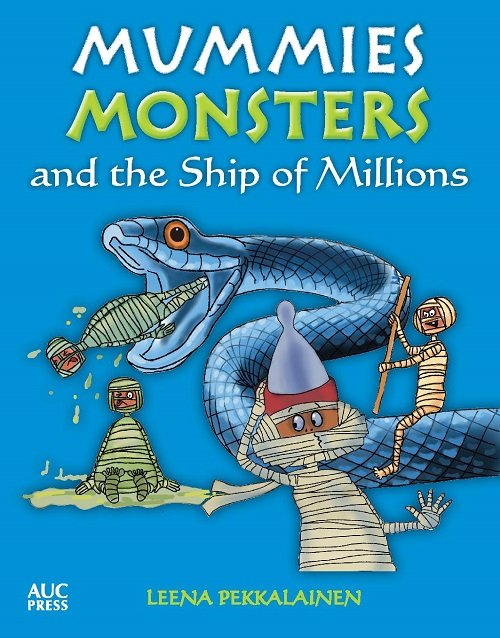
Leena Maria's Newsletter
Tutankhamon's Golden Mask Coloring Page

